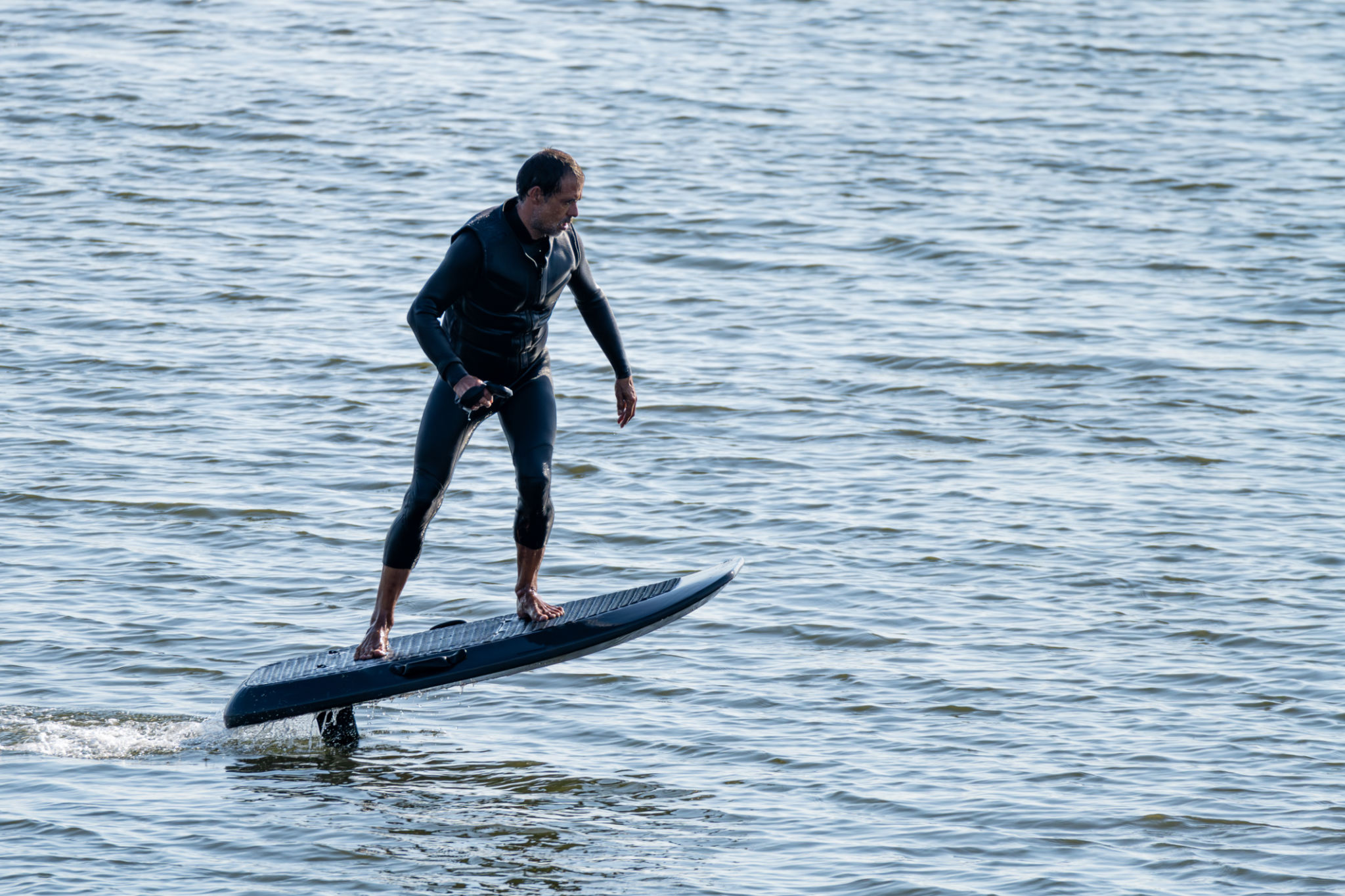Comparing Efoils and Traditional Surfboards: Which is Right for You?
Understanding the Basics: Efoils vs. Traditional Surfboards
Surfing has long been a beloved sport, drawing enthusiasts to the ocean to ride the waves. However, the emergence of efoils has introduced a new dimension to this classic pastime. Understanding the differences between efoils and traditional surfboards is essential for anyone considering which option might suit their interests and lifestyle best.
Traditional surfboards rely solely on wave power and the surfer’s skill to glide across the water. In contrast, efoils are equipped with a battery-powered motor and a hydrofoil, allowing riders to hover above the water, even in flat conditions. This unique capability opens up new possibilities for surfing in diverse environments.

The Thrill of Traditional Surfboards
For many, traditional surfboards offer an unbeatable connection with nature, relying on the natural rhythm of the sea. Surfing with a traditional board demands skill, patience, and an understanding of wave patterns. The challenge is part of the allure, providing surfers with a profound sense of accomplishment when they successfully catch a wave.
Moreover, traditional surfboards come in various shapes and sizes, catering to different surfing styles and conditions. Whether it's shortboards for agility or longboards for stability, the variety allows surfers to tailor their experience to their personal preferences.

Advantages of Efoils
Efoils bring a new level of excitement to surfing by allowing riders to soar above the water's surface. The motorized aspect eliminates the need for waves, meaning you can enjoy a ride even on calm days. This is particularly advantageous for those who live in areas without consistent surf conditions.
Additionally, efoils are accessible to beginners and experienced surfers alike. With less dependency on waves, learners can focus on mastering balance and control at their own pace, while seasoned surfers can explore new challenges and tricks.

Environmental Considerations
While both efoils and traditional surfboards offer unique experiences, environmental impact is an important factor to consider. Traditional surfboards are typically made from materials like polyurethane foam and fiberglass, which can be harmful during production and disposal.
Efoils, on the other hand, involve batteries and electronic components that require responsible management. However, many manufacturers are now focusing on eco-friendly designs and sustainable practices to minimize their environmental footprint.
Cost Implications
The cost is another significant aspect when choosing between efoils and traditional surfboards. Traditional boards are often more affordable, with prices varying based on brand, size, and materials. Efoils are generally more expensive due to their technological components, with prices reflecting the sophistication of design and engineering.
For those who view surfing as a long-term commitment, investing in an efoil could provide value through versatility and extended usage across different conditions.

Which is Right for You?
The choice between an efoil and a traditional surfboard ultimately depends on your personal preferences, budget, and surfing goals. If you seek a more traditional experience that connects you with the ocean's natural forces, a traditional surfboard might be your best fit. However, if you’re intrigued by innovation and want the flexibility to surf in varied conditions, an efoil could be worth exploring.
Consider your local surf conditions, willingness to learn new skills, and environmental priorities when making your decision. Regardless of your choice, both options offer a thrilling way to enjoy the water and embrace the joy of surfing.